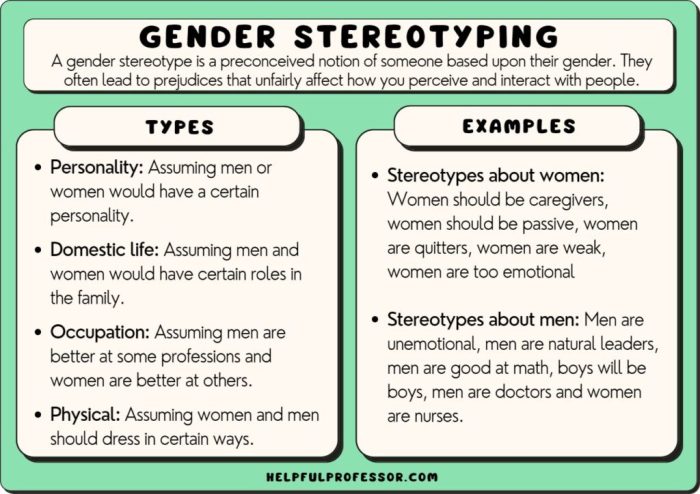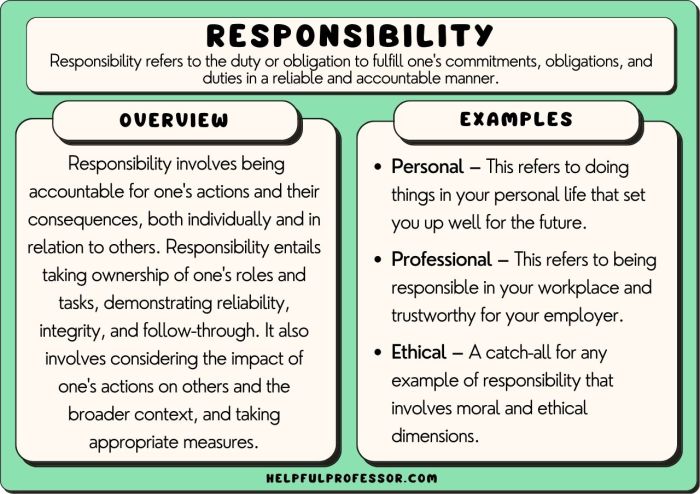Metaphorically behaviors that indicate a future problem are like subtle whispers, hinting at potential storms ahead. Understanding and interpreting these behaviors can empower us to navigate challenges and mitigate risks before they escalate.
Recognizing metaphorical behaviors is crucial, as they often manifest before concrete problems arise. By identifying these early warning signs, we can take proactive measures to prevent or minimize negative consequences.
Metaphorical Behaviors as Indicators of Future Problems

Metaphorical behaviors are subtle, symbolic actions that often indicate underlying thoughts, feelings, or intentions. By recognizing and interpreting these behaviors, we can gain valuable insights into a person’s emotional state and potential future challenges.
Identifying Metaphorical Behaviors
Metaphorical behaviors are often expressed through nonverbal cues, such as body language, gestures, and facial expressions. Some common examples include:
- Clenched fists: May indicate anger, frustration, or a need for control.
- Crossed arms: May indicate defensiveness, resistance, or a lack of openness.
- Avoiding eye contact: May indicate discomfort, anxiety, or a desire to avoid confrontation.
Interpreting Metaphorical Behaviors
Interpreting metaphorical behaviors requires an understanding of the context in which they occur and the individual’s personal history. By considering the following factors, we can gain a better understanding of the underlying meaning:
- Frequency: How often does the behavior occur?
- Intensity: How pronounced is the behavior?
- Duration: How long does the behavior persist?
Significance of Recognizing Metaphorical Behaviors, Metaphorically behaviors that indicate a future problem
Early recognition of metaphorical behaviors is crucial for preventing or mitigating future problems. By addressing these behaviors early on, we can help individuals develop coping mechanisms, improve communication, and resolve underlying issues.
For example, a therapist may notice a client consistently clenching their fists during sessions. This behavior could indicate repressed anger or frustration. By addressing this behavior, the therapist can help the client identify the source of their anger and develop strategies for managing it.
Popular Questions: Metaphorically Behaviors That Indicate A Future Problem
What are some common examples of metaphorical behaviors?
Examples include procrastination, avoidance, excessive spending, substance abuse, and social withdrawal.
How can I interpret the meaning behind metaphorical behaviors?
Consider the context, frequency, and intensity of the behavior, as well as its potential impact on the individual and their environment.
What are the potential consequences of ignoring metaphorical behaviors?
Ignoring these behaviors can lead to increased stress, relationship problems, financial difficulties, and even physical health issues.


